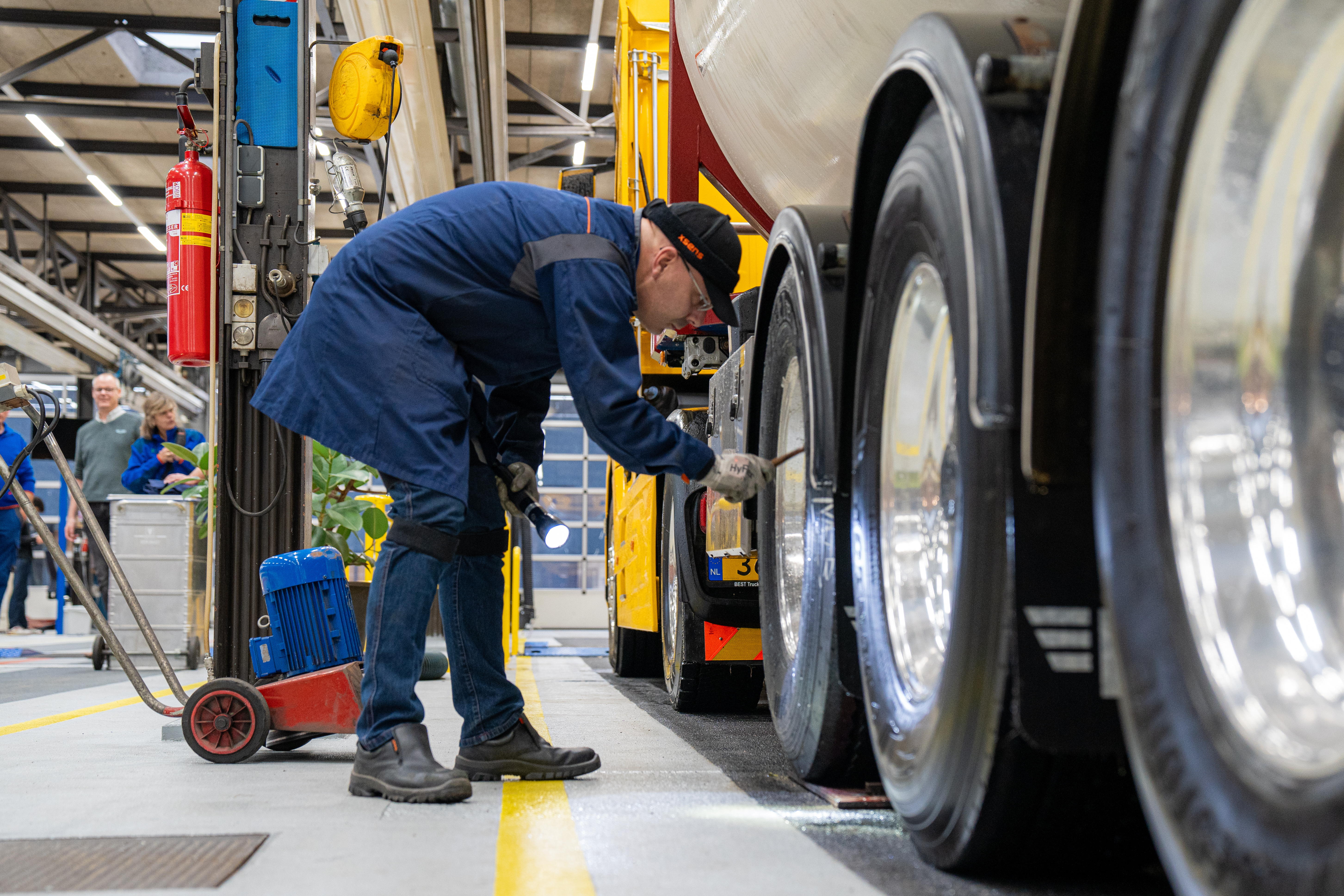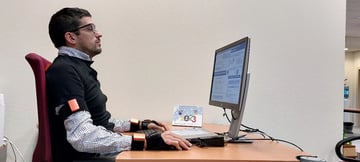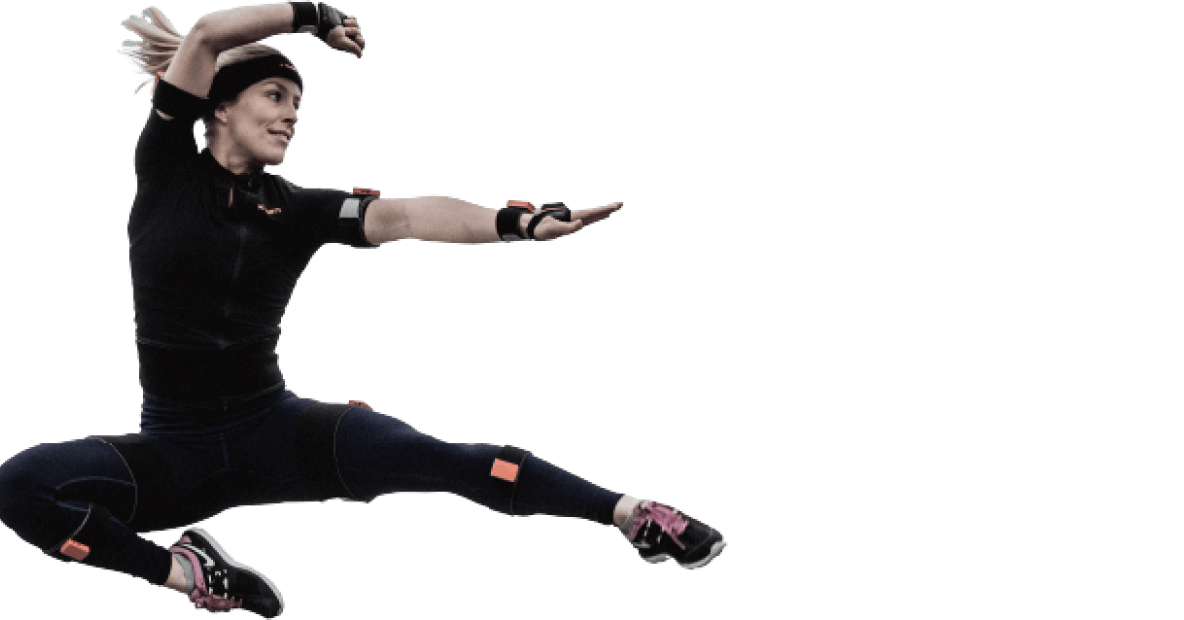The Dutch vehicle authority prioritizes occupational health and safety through data-driven ergonomic assessments.
Key takeaways:
- Improved ergonomic assessment: RDW uses Xsens motion capture and Scalefit Industrial Athlete to conduct precise, real-time ergonomic assessments, identifying and mitigating risks associated with manual tasks.
- Objective data collection: Xsens technology provides accurate, reliable data on body movements and postures, enhancing the quality of ergonomic analyses.
- Enhanced employee well-being: By identifying poor postures and other risk factors, RDW implements targeted interventions to improve workplace ergonomics and employee health.
- Cost and time efficiency: Xsens streamlines ergonomic assessments, making the process more efficient and cost-effective compared to traditional methods.
The prevalence of manual tasks in various sectors, such as automotive, manufacturing, logistics, and construction, has led to an alarming increase in musculoskeletal disorders worldwide. As regulatory bodies around the world highlight the importance of ergonomic risk analysis, companies are seeking efficient, objective and user-friendly tools to streamline these assessments, which in turn helps with creating safer, more productive workplaces.
In the Netherlands, one such company is taking proactive steps to address workplace ergonomics head-on to improve their overall occupational health and safety standards. The Dienst Wegverkeer (RDW), responsible for licensing, inspecting, and registering vehicles, has turned to Xsens motion capture to analyze and enhance their workplace safety. While inspecting vehicles, employees at RDW must assess various parts, including the interiors, exteriors, and undercarriages. These physical tasks can be demanding and may place significant strain on workers' bodies, potentially leading to musculoskeletal disorders that can impact workplace health and safety.
With the aim of reducing the associated risks, RDW has implemented the Xsens Ergo Live system, which integrates Xsens motion capture and Industrial Athlete by Scalefit to give objective insights in real time. Their experience provides valuable insights into the benefits of incorporating objective motion analysis into ergonomic assessments. We sat down with Lennart Bron, a European ergonomist at HumanCapitalCrae, who conducted the ergonomic research for RDW, to discuss his experience using Xsens and its impact on operations.
Why did you decide to conduct a workplace ergonomics analysis?
Lennart: In this specific job, physical workload factors include heavy working postures such as twisting and bending the torso and the neck, kneeling, lifting arms, etc. The work is perceived as heavy, and there are employees with complaints related to the musculoskeletal system that may be related to the work. We decided to conduct a workplace ergonomics analysis to identify risk factors in order to improve employee health and productivity while reducing the risk of injuries.
Why did you choose Xsens for this analysis?
Lennart: Analyzing the work postures is a time-consuming and labor-intensive task, as posture interpretation and determining frequencies and durations are not always easy. Xsens is a handy tool for performing motion analysis because it automatically provides accurate and reliable data on movements and postures, thereby making comprehensive analysis more accessible. Additionally, the data and software provide the opportunity for clear visual support of the results, allowing issues to be even more clearly understood.
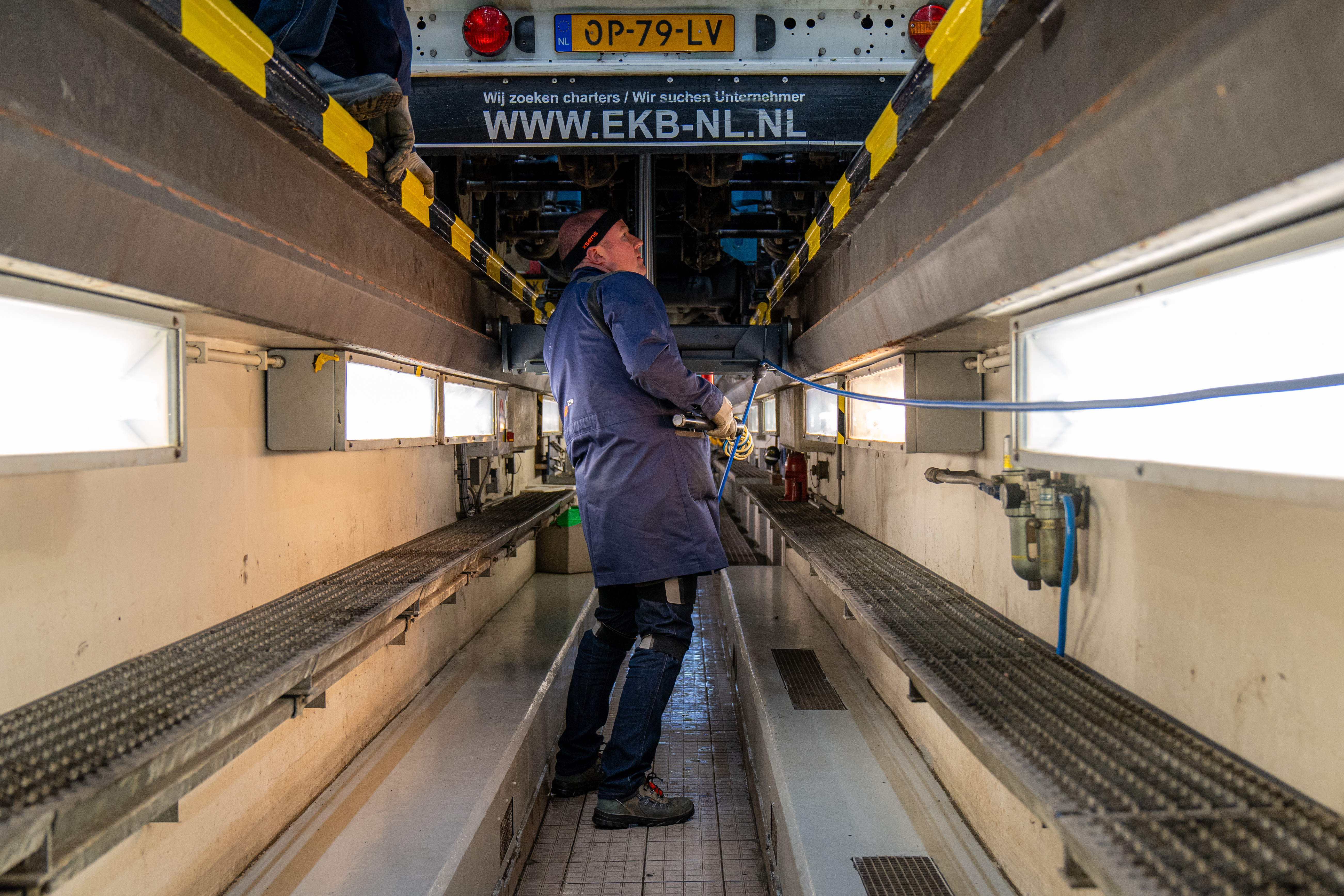
RDW worker inspecting undercarriage wearing Xsens Awinda suit
What setup did you use, including hardware and software?
Lennart: For the setup, we utilized Xsens Awinda system along with Xsens Analyze software for data processing and analysis. Additionally, we used Scalefit software for further analysis and visualization of working postures based on international standards.
What were the outcomes of the analysis?
Lennart: The outcomes of the analysis were multi-faceted and provided valuable insights into various aspects of workplace ergonomics. We were able to identify specific ergonomic risk factors, such as poor postures, that were contributing to discomfort or potential injury among employees. This was the starting point for further analysis and discussion. Subsequently, we identified specific areas and tasks where ergonomic interventions could improve overall workplace ergonomics and employee well-being.
How are you using the data acquired from the Xsens system?
Lennart: The data acquired from the Xsens system is being used to support and visualize the findings of the workplace ergonomics analysis. The data and footage will also be used to implement targeted interventions, such as ergonomic tools, workplace adjustments, and training programs.
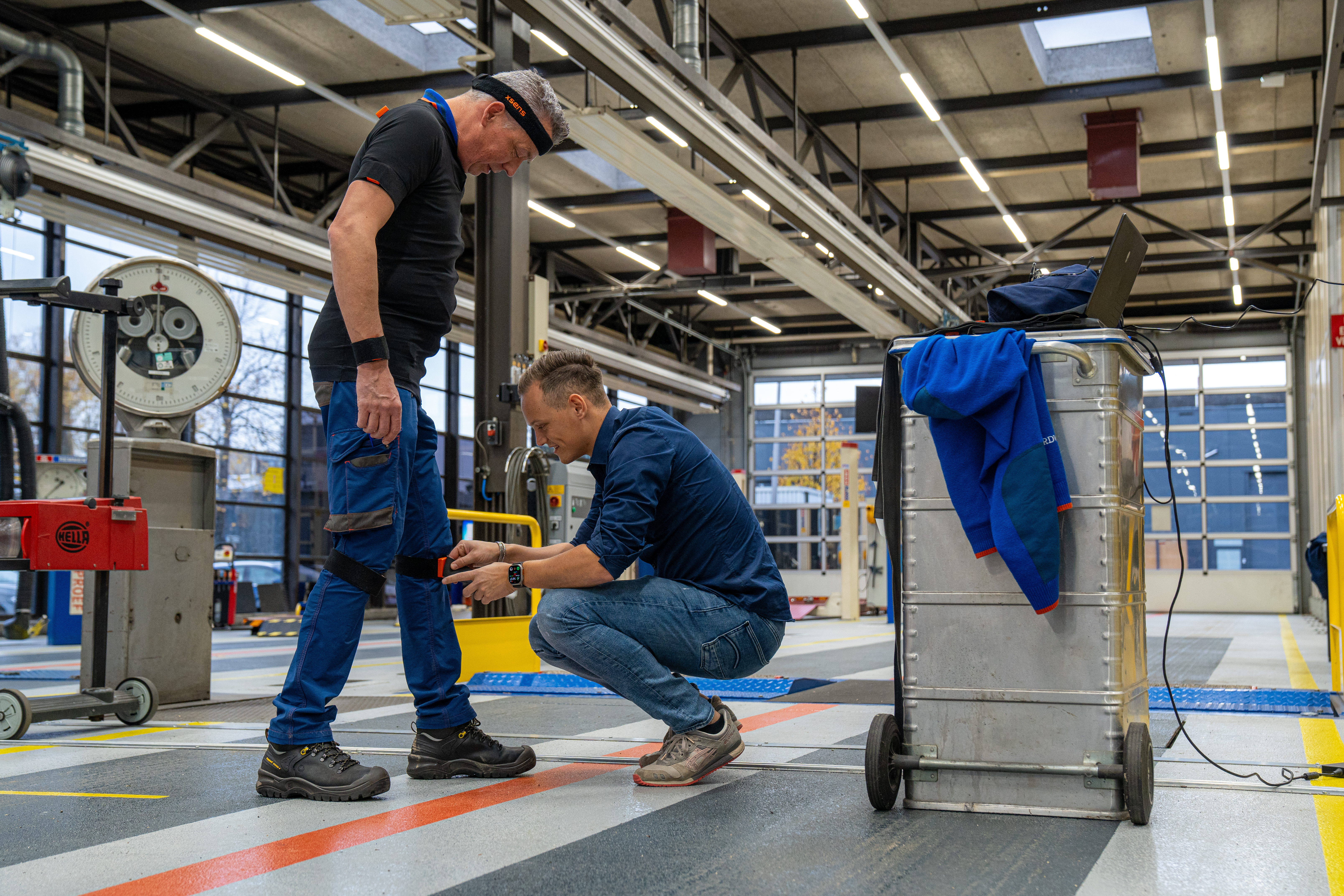
Placement of Xsens sensors on a RDW worker
RDW's proactive approach to workplace ergonomics, empowered by Xsens Ergo Solutions, exemplifies the transformative potential of objective motion analysis. By harnessing accurate data and insights, they've not only mitigated ergonomic risks but also fostered a safer and healthier work environment for their employees.
Streamlining Ergonomic Assessment with Xsens
The traditional methods of ergonomic assessment can be cumbersome, time-consuming, and subjective. Xsens Ergo Solutions offers a streamlined approach, optimizing costs and efficiency through live motion capture and rapid, reliable reporting. This empowers companies like RDW to proactively identify and address ergonomic risks, ultimately enhancing employee well-being and productivity.
By embracing innovative solutions like Xsens, organizations can move towards creating workspaces of the future—workspaces that prioritize employee health, comfort, and performance. This case study serves as a testament to the impact that data-driven ergonomic interventions can have on shaping a more sustainable and productive workforce.
Learn more about Xsens solutions for occupational health & safety.
